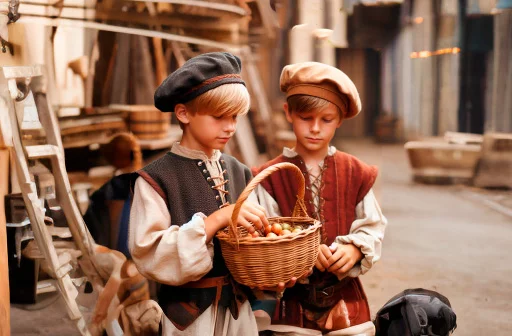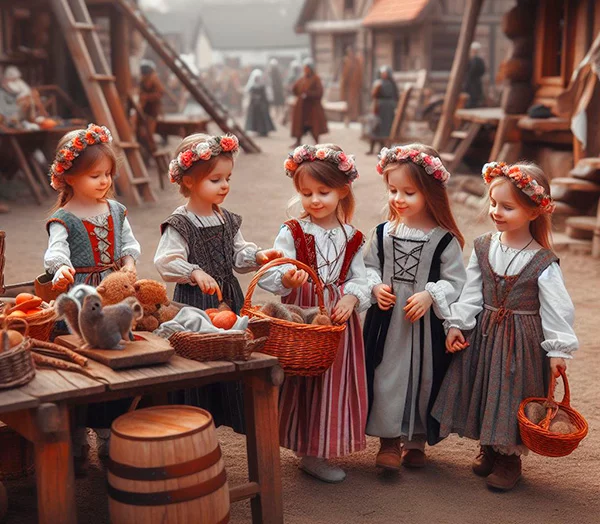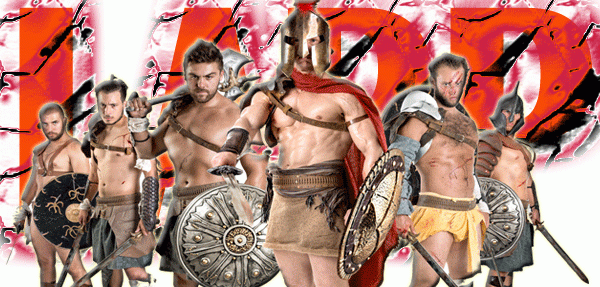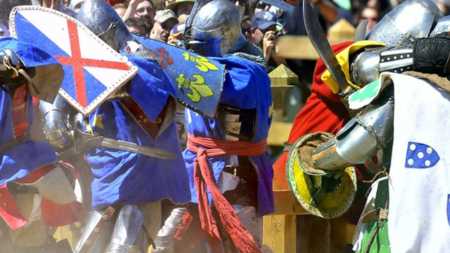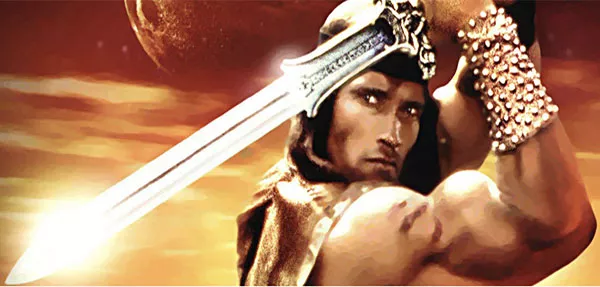What is a lechuguilla-style ruff?
The lechuguilla-type ruff —commonly shortened to lechuguilla— is a rigid, voluminous ornament that encircled the necks of men and women in the second half of the 16th century and the early 17th century. Its shape, with symmetrical, puffed folds, is reminiscent of the curled leaves of escarole lettuce, from which it takes its name.
Overview
The lechuguilla is a highly recognizable variant of the ruff: a separate piece from the main garment that was placed around the neck, creating a nest-like collar effect from starched folds. It was not a mere decoration: its presence transformed the silhouette of the outfit and the social perception of the wearer.

Main characteristics
- Structure and shape: Rather rigid and bulky, with wave-like folds that wrapped around the neck, sometimes reaching striking sizes.
- Materials: Fine linen, pleated lace or batiste; always subjected to heavy starching to maintain the shape.
- Color: White as a rule; occasionally with soft tints (e.g., a pale blue), achieved with costly dyes.
- Terminology of the folds: Each fold could be called abanico or abanillo, and edges were often reinforced with braided cords to adjust the piece.
- Gender and use: Worn by both men and women; male versions were originally less ostentatious, although the difference diminished over time.
- Accessories: Frequently paired with starched pleated cuffs that echoed the collar's motif on the sleeves.
How it was made and maintained
The lechuguilla required considerable technique: the fabric was ironed and folded into regular series, then starch —in abundant amounts— was applied and it was left to dry in the desired shape. The process required space and time, as well as repeated touch-ups after use, which implied costs and specialized labor.
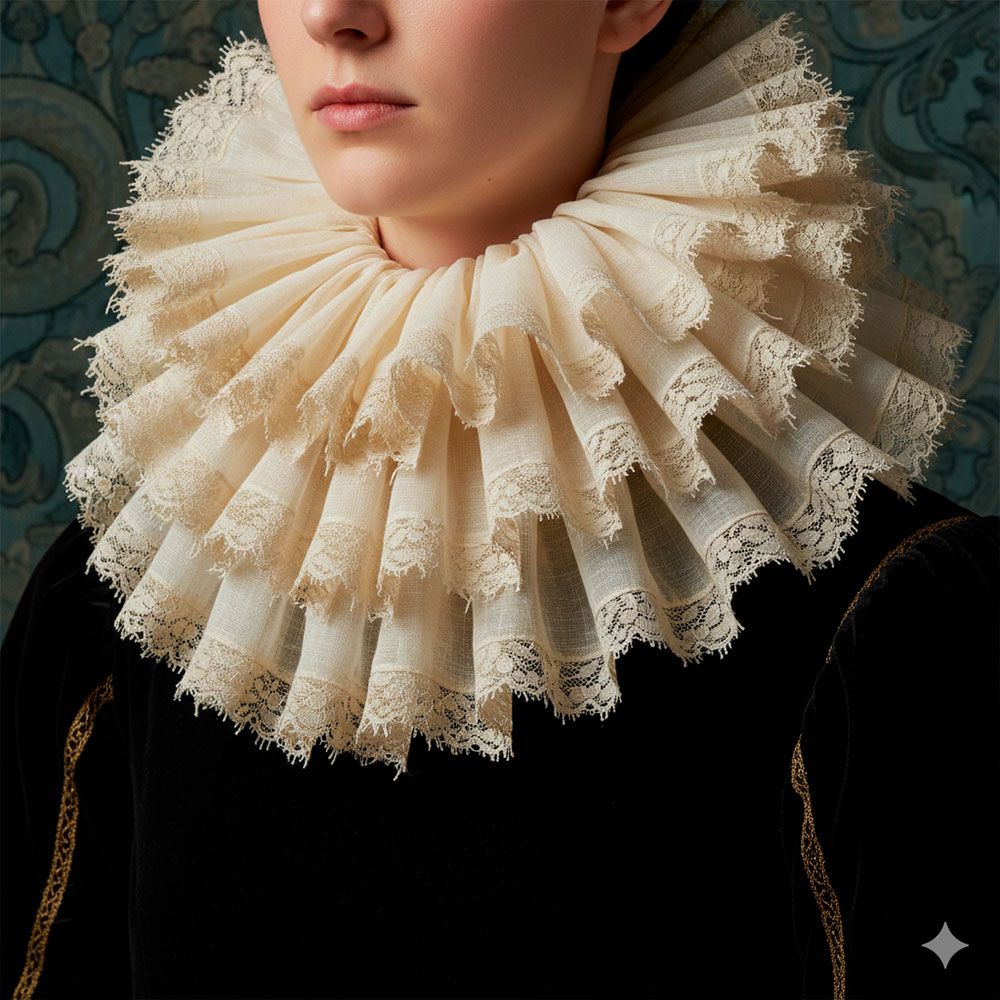
Historical and social context
- Origin and evolution: It arose from small ruffled edges on shirts and women's ruffs in the mid-16th century and grew until it became a separate piece.
- Spread: Originating in Spain, the fashion spread through European courts (England, France, the Low Countries, Italy), where it became an emblem of status.
- Social meaning: The size and perfection of the lechuguilla equated to an indicator of wealth and rank: the larger and more elaborately worked, the greater the ostentation.
- Regulation and replacement: Costly maintenance and moral or sumptuary rules led to regulations; in some courts its use was limited and it eventually gave way to less voluminous collars, such as the valona.
How to recognize it in portraits
- It appears as a ring of flounces or concentric bands around the neck, often contrasting with the face and hairstyle.
- In official portraits it is associated with high-ranking figures: kings, nobles and court ladies.
- Relevant details: the texture of the fabric (lace or linen), the symmetry of the folds and the degree of starching are clear clues for identification.
Presence in art and cultural memory
The lechuguilla occupies a prominent place in the iconography of the Golden Age and the late Renaissance: numerous portraits immortalize it. Through painting and clothing documentation we can trace its evolution, symbolic impact and its gradual decline as fashions changed.
| Aspect | Lechuguilla | Valona |
|---|---|---|
| Form | Rigid hoop, curled and voluminous folds. | Less voluminous collar, with softer, more practical folds. |
| Material | Fine linen, pleated lace; heavy starching. | Lighter linen or lace; less starch. |
| Social function | Symbol of ostentation and high status. | A more sober and manageable alternative. |
| Period | Late 16th century — early 17th century. | Replacement and fashion following the lechuguilla. |
Quick facts
- What is it? A rigid, ruffled collar, separate from the garment.
- Key period: Second half of the 16th century and early 17th century.
- Meaning: A material manifestation of status and courtly fashion.


